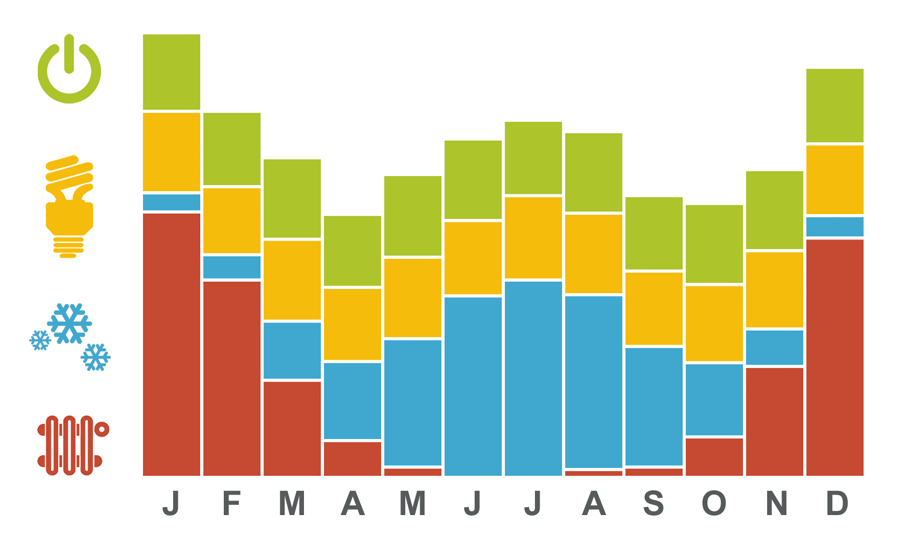Recently, the U.S. Department of Energy (DOE) posted an article by Amir Roth, Ph.D., Technology Manager for Building Technologies Office’s (BTO) Building Energy Modeling (BEM) sub-program, outlining the strikingly short payback of energy modeling.
In The Shockingly Short Payback of Energy Modeling, Roth outlined the findings from a recent study presented by Anica Landreneau, Director of Sustainability Consulting at global architecture and engineering firm HOK. At the recent Better Buildings Summit in Washington, D.C., Landreneau offered a number of case studies in which energy modeling was leveraged to optimize energy conservation measures (ECMs). Then, the energy cost savings for the various case studies were compared to the costs of the energy modeling services for the projects in order to determine the simple payback periods.
The results were stunning. While energy modeling fees for large projects could range from $30,000 to $200,000 depending on scope, complexity, and other variables, Landreneau demonstrated that even the high side of the range is only a fraction of the annual energy costs incurred for large buildings. Moreover, of the thirteen HOK case studies exhibited by Roth on ENERGY.gov, the payback on modeling fees ranged from 1 to 7 months - with an average of 3.9 months.
|
Architecture and engineering firm HOK calculated the payback of energy modeling (as cost of modeling divided by modeled energy cost savings) for a number of their projects. The firm determined that energy modeling will often pay for itself in four months or less. Credit: HOK |
My owner experiences at Browning Day Mullins Dierdorf have been similar (see In Order to Become Leaders in Energy Modeling, Architects Need to be Building Science Experts). In a recent design exercise for corporate headquarters in Indianapolis, Indiana, we leveraged design performance modeling to optimize the project's building envelope, which resulted in a 16 percent reduction in projected annual energy use. This equated to over $31,000 in energy cost savings. The payback period for the energy modeling was less than four months.
|
This table summarizes the outcomes from a recent design performance modeling exercise by Browning Day Mullins Dierdorf for a corporate headquarters in Indianapolis, Indiana. Credit: Daniel Overbey |
These examples clarify the value proposition of design performance modeling services. Dollar-for-dollar, this is one of the wisest investments an owner can make toward a building project.




Recent Comments
These are actually very helpful tips. It is...
This is the most beneficial blog for all...
This blog is a great resource for anyone...
Thank you for sharing this important information. I...
This is a very interesting subject of the...